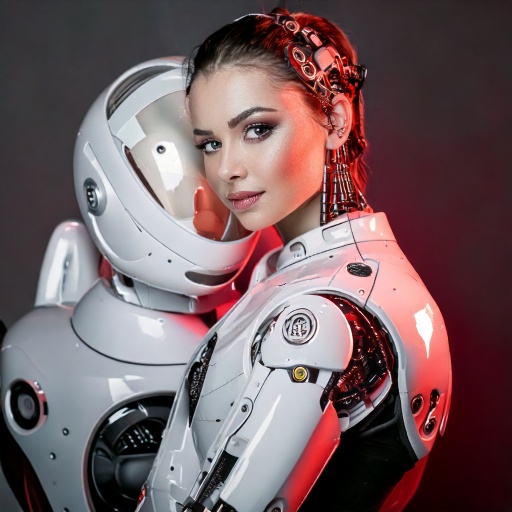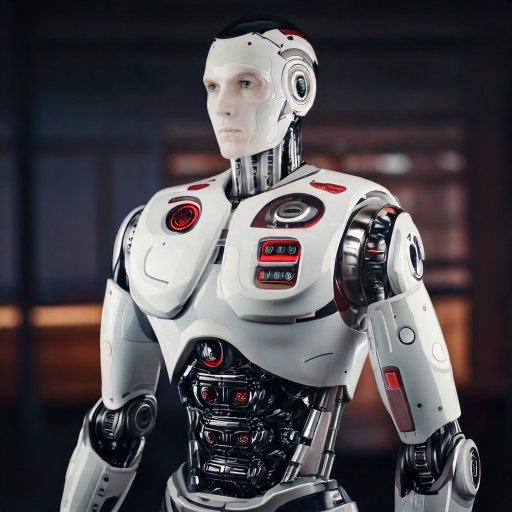Beyond the Uncanny Valley: How Intelligent Agents Are Becoming More Human-Like

Breaking Barriers in Robotics
In recent years, scientists and engineers have made significant advancements in robotics, pushing the boundaries of how lifelike digital employees can become. One of the primary challenges has been overcoming the "uncanny valley"—the discomfort people feel when encountering robots that look almost, but not quite, human. To address this, researchers have identified four crucial attributes that make Intelligent Agents appear more human: realistic appearance, emotional capacity, social intelligence, and self-awareness.

Living Skin: A Game-Changer for Digital Employees
A major breakthrough in robotics comes from Japanese researchers who have successfully attached living skin to robot faces. This innovation allows robots to display natural facial expressions and even heal minor wounds autonomously. With such advancements, non-human workers can seamlessly integrate into industries like customer service and healthcare, improving human-robot interactions.
Emotional Intelligence and Social Robots
Beyond appearance, modern robotics is also enhancing emotional and social intelligence. AI-powered robots are now designed to engage in meaningful conversations, maintain eye contact, and respond to human emotions, making them ideal companions for elderly individuals or people experiencing loneliness. These intelligent agents are already being deployed in education, therapy, and even as personal assistants.

The Future of Non-Human Workers
As these technological improvements continue, the role of non-human workers will expand across multiple industries. From assisting in labor-intensive tasks to offering companionship, digital employees are set to reshape the workforce. However, ethical concerns remain—how should society regulate and integrate lifelike robots while maintaining human dignity and job security?
The rise of Intelligent Agents marks a new era in human-robot relationships. As robots become more lifelike and socially intelligent, they will transition from mere machines to valuable members of society.

Key Highlights:
- Overcoming the Uncanny Valley: Researchers have identified four key attributes for lifelike robots—realistic appearance, emotional capacity, social intelligence, and self-awareness.
- Living Skin Technology: Japanese scientists have developed a method to attach living skin to robots, allowing for natural facial expressions and self-healing capabilities.
- Emotional Intelligence: AI-powered robots can now maintain eye contact, understand emotions, and engage in meaningful conversations, making them suitable for roles in healthcare, education, and companionship.
- Expanding Roles of Non-Human Workers: Digital employees are being integrated into various industries, from customer service to labor-intensive jobs, reshaping the workforce.
- Ethical Concerns: As robots become more human-like, discussions on regulation, job displacement, and social impact are becoming increasingly important.
Reference:
https://scitechdaily.com/beyond-the-uncanny-valley-new-tech-makes-robots-more-lifelike/


